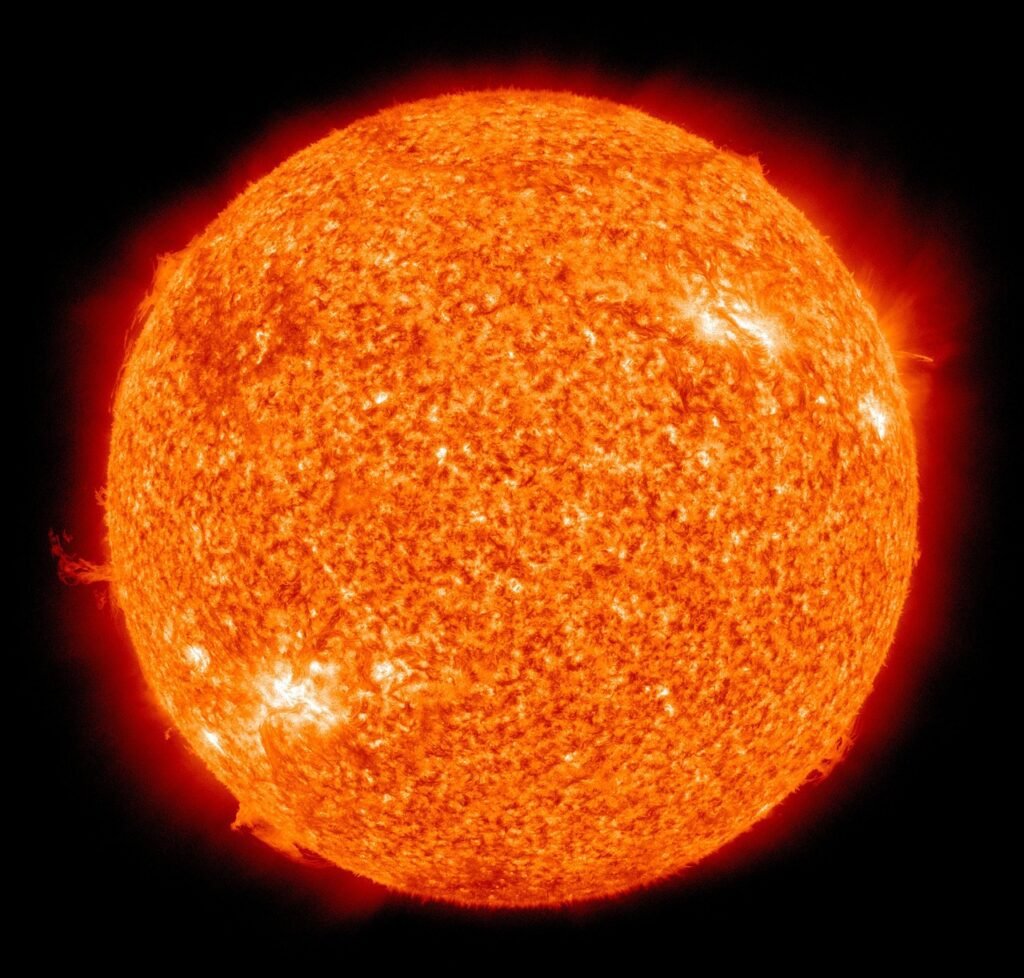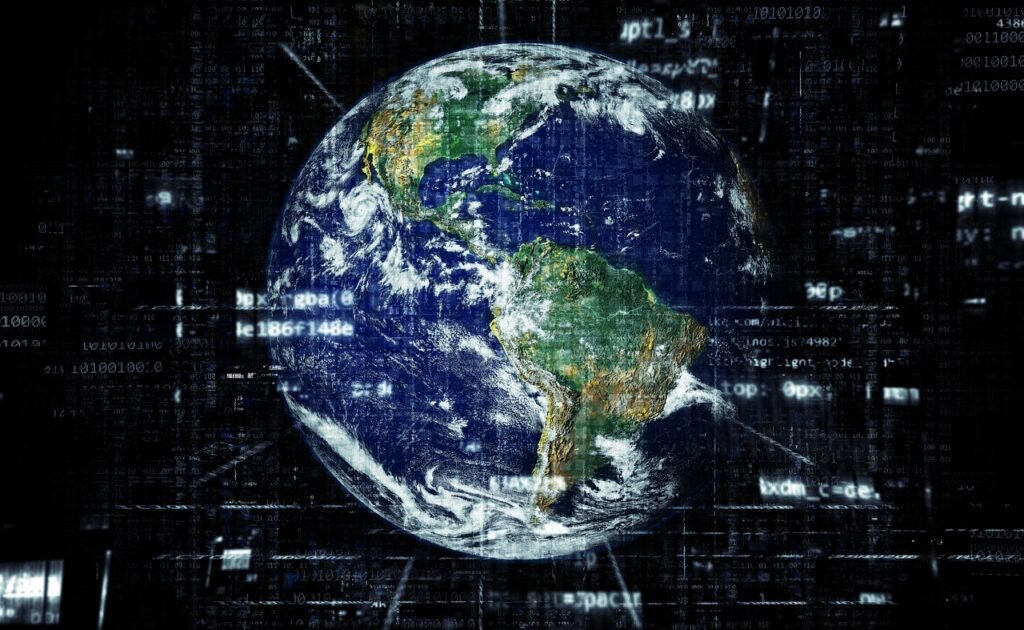Countdown to chaos: Sun nearing solar superstorms in 2 years, a particularly active period — in 2025, threatening ‘internet apocalypse’. The impact of a strong solar storm on our interconnected world could cause widespread internet outages. It would potentially affect large-scale infrastructure like undersea communication cables and disrupt long-distance connectivity.
Solar Superstorms Impact

The largest solar events on record occurred in 1859 and 1921, long before the advent of modern technology. They triggered extensive power outages and caused significant damage to the communication network of the day, the telegraph network. The probability of occurrence of extreme space weather events that directly impact
the earth would be 1.6% to 12% per decade.
Solar activity waxes and wanes in cycles, with a period length of approximately 11 years. During solar maxima, there is an increase in the frequency of two solar phenomena, solar #ares and Coronal Mass Ejections (CMEs), both caused by contortions in the sun’s magnetic fields.
Solar Flares involve large amounts of emitted energy as electromagnetic radiation. Although fares can reach Earth in 8 minutes, they affect only the upper layers of the atmosphere, particularly the ionosphere, causing disruptions to satellite communication and GPS.

A Coronal Mass Ejection (CME) involves the emission of electrically charged solar matter and accompanying magnetic field into space. they will interact with the earth’s magnetic field and induce strong electric currents on the earth’s surface that can disrupt and even destroy various human technologies.
Solar Superstorms in History
The largest solar events on record occurred in 1859 and 1921, long before the advent of modern technology. They triggered extensive power outages and caused significant damage to the communication network of the day, the telegraph network. The first recorded CME with a major impact on the earth is the Carrington event inSep 1, 1859.
The communication network of the day, the telegraph network, suffered from equipment fires, and several operators experienced electric shocks. This caused large-scale telegraph outages in North America and Europe.
The largest geomagnetic storm of the 20th century, which occurred in May 1921, was the New York Railroad superstorm. It caused widespread damage across the globe.
What will happen if there is a global Internet collapse?
The impact of solar superstorms can potentially cause large-scale Internet outages covering the entire globe and lasting several months. The economic impact of an Internet disruption for a day in the US would be over $7 billion.

What if the network remains non-functional for days or even months? This is the worst-case scenario, which, fortunately, we have never encountered in recent history. Modern technological advancement coincided with a period of weak solar activity and the sun would be more active in the near future. Hence, the current Internet infrastructure is not stress-tested for strong solar events.
Impact on Satellites
Communication satellites are among the severely affected systems. The damages are not caused by GIC but due to direct exposure to highly charged particles in CMEs. Threats to communication satellites include damage to electronic components and extra drag on the satellite, particularly in low earth orbit systems. Both surface-based and satellite-based communication systems are at high risk of collapse.
(Sangeetha Abdu Jyothi, a computer science professor at the University of California, Irvine has played a significant role in bringing attention to this issue through her paper titled ‘Solar Superstorms: Planning for an Internet Apocalypse‘. reportsrecords.com








